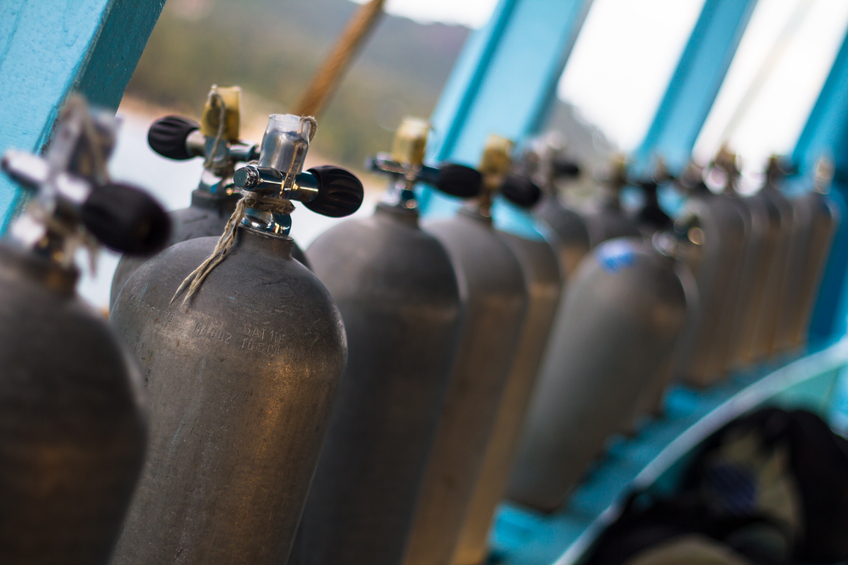Compressors and Compressed Air Systems

This online engineering PDH course provides comprehensive information on the compressed air systems. This course is relevant to anyone needing to know more about compressed air production and use, relevant health and safety issues, legislation and energy efficiency.
Compressed air has many applications in industry. Delivering compressed air to a manufacturing facility is an expensive operation and it requires costly equipment that consumes significant amounts of electricity and needs frequent maintenance. Roughly 80 to 90 percent of the electricity used to operate compressed air systems is converted to low-temperature waste heat. This lost energy can quickly add up, each year costing individual facilities as much as double the purchase and installation cost (first-cost) of the entire system. The ideal time to think about your compressed air system is before it is installed.
Air Compressors deserve independent treatment due to many reasons. There is a wider choice of different types of compressor designs each operating at different efficiencies and suitable for specific application. The type of compressor decided upon has direct implications on the lifetime energy costs. Also the decision as to a single compressor of large capacity versus multi-compressor installation where each compressor has a smaller capacity than the demand influences the possible energy savings considerably.
This 6 PDH online course is applicable to all mechanical engineers, design professionals, operations and maintenance personnel, as well as consultants and contractors who construct, build and manage building systems.
This P.Eng. continuing education course is intended to provide you with the following specific knowledge and skills:
- Understanding the various types of compressors; their applications, advantages and limitations
- Understanding the various types of system controls - their pros and cons;
- Understanding how the control systems are matched to the needs of the users
- Understanding the key components of compressed air system and learn how each component function;
- Understanding air storage, air drying, piping, filtration and air cleaning methods
- Understanding the limits of dew point suppression in refrigerant and desiccant dryers;
- Understanding the different types of filters and how coalescing filters benefit in removal of lubricant and moisture
- Understanding the difference between SCFM, ICFM and ACFM
- Understanding the pros and cons of single loop verses ring main systems
- Understanding how to quantify and select appropriate compressor for base and trim demand
- Understanding what features to specify and what information to seek when making a compressed air proposal
- Understanding the compressed air system assessment procedure and energy audit methodology
- Understanding the common losses in compressed air systems and the ways to conserve energy
- Understanding the routine maintenance schedule for air compressors
- Learning about the generic checklist for energy efficiency in compressed air system
- Understanding the engineering formulae and technical relationship between compressor motor power-draw and process variables
- Learning by example the method for evaluating compressed air costs
In this professional engineering CEU course, you need to review the course document titled "Compressors and Compressed Air Systems".
Upon successful completion of the quiz, print your Certificate of Completion instantly. (Note: if you are paying by check or money order, you will be able to print it after we receive your payment.) For your convenience, we will also email it to you. Please note that you can log in to your account at any time to access and print your Certificate of Completion.